New van registrations rose by 21.7% in January, compared to the same period last year, according to the latest figures from the Society of Motor Manufacturers and Traders (SMMT).
The truck market also returned to growth — after the distortion caused by the introduction of Euro 6 emissions legislation and Type Approval Regulations — with sales rising by 38.6% in January compared to January 2014.
UK van and truck registrations: 2015 and % change on 2014
| January | % change | Year-to-date | % change | Rolling year | % change | |
| Vans | 22,049 | 21.7% | 22,049 | 21.7% | 325,613 | 19.2% |
| Trucks | 2,518 | 38.6% | 2,518 | 38.6% | 42,170 | -23.5% |
| Total | 24,567 | 23.2% | 24,567 | 23.2% | 367,783 | 12.0% |
Source: Society of Motor Manufacturers and Traders (SMMT)
Mike Hawes, the SMMT’s chief executive, said the gains were a return to business as usual and indicated growing confidence in the economy:
“The truck market posted a strong return to form in January. Changes to Euro Standards and Type Approval Regulations in 2014 affected demand last year, and now we are starting to see a return to business as usual,” said Mike Hawes, SMMT Chief Executive.
The number of vans registered this month has once again increased, reflecting raised levels of business confidence and demand for a range of efficient, well equipped models. Successes in both markets have seen the total commercial vehicle market grow significantly for a ninth consecutive month.”
As the graph below shows, new van registrations have now risen by around 80% since the start of 2010:
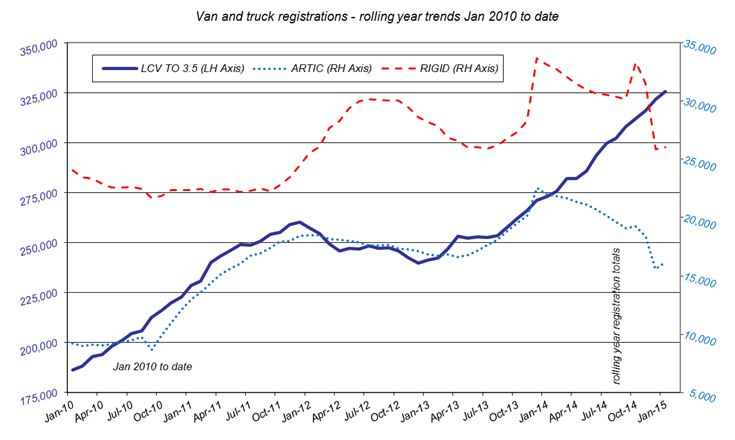
Graph courtesy of SMMT
Which vans are the big sellers?
As usual, growth in van sales was not evenly distributed. The biggest gains in percentage terms were in the 2.0-2.5t category, where new registrations rose from 2,458 units in January 2014 to 4,006 units last month.
Large vans in the 2.5-3.5t category were also strong sellers, adding 1,428 units, or 13.9%, to take total registrations to 11,702 during the first month of 2015.
What about the second-hand market?
The obvious question, of course, is how many of these new sales — if any — are stealing sales from the used van market.
I’ve been speculating on this issue for a while, and although I believe the majority of new van sales are to large buyers who only purchase new, I suspect that a percentage of these gains does represent smaller businesses switching back from used to new, as the economy — and their business outlook — improves.
The other question, of course, is if new sales are rising, are supplies of second-hand vans? The combination of this plus a greater percentage of buyers choosing the new option could end up weakening demand for used vans, although I don’t think this will happen for a little while longer.
One to watch.

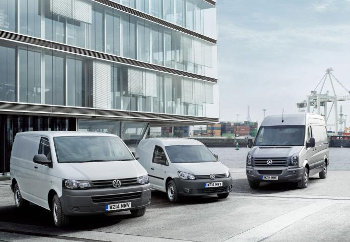 Volkswagen has launched a new telematics service targeting fleet customers across the UK.
Volkswagen has launched a new telematics service targeting fleet customers across the UK. If you missed out on the Hertz Winter Van Rental Sale — which ended on Friday — then don’t worry.
If you missed out on the Hertz Winter Van Rental Sale — which ended on Friday — then don’t worry.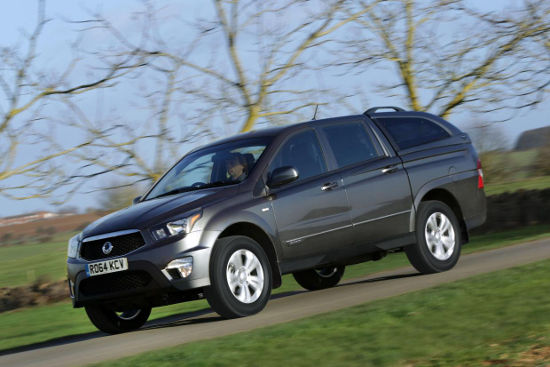
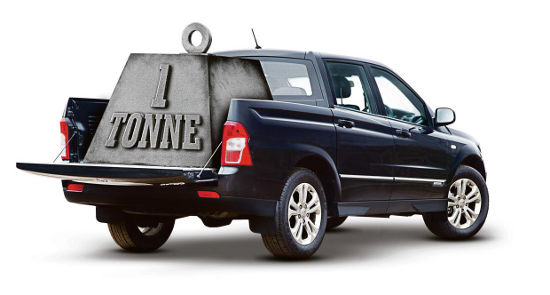
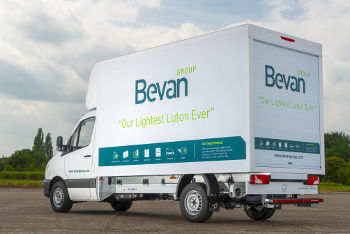

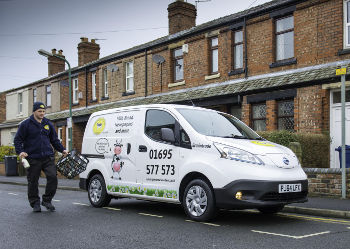 This is exciting — in fact I can’t find words to describe how big the opportunity is in the UK van market for electric vans.
This is exciting — in fact I can’t find words to describe how big the opportunity is in the UK van market for electric vans.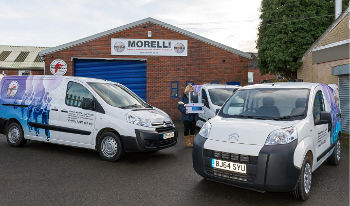 Hot on the heels of Citroën’s dominating performance in the
Hot on the heels of Citroën’s dominating performance in the 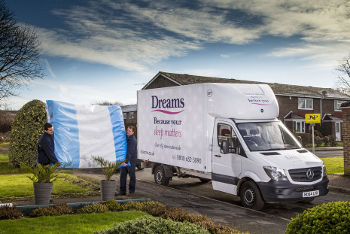 Most car owners I know, especially younger drivers, seem to get nervous if their cars are old enough to be out of warranty or have more than about 60,000 miles on the clock.
Most car owners I know, especially younger drivers, seem to get nervous if their cars are old enough to be out of warranty or have more than about 60,000 miles on the clock.